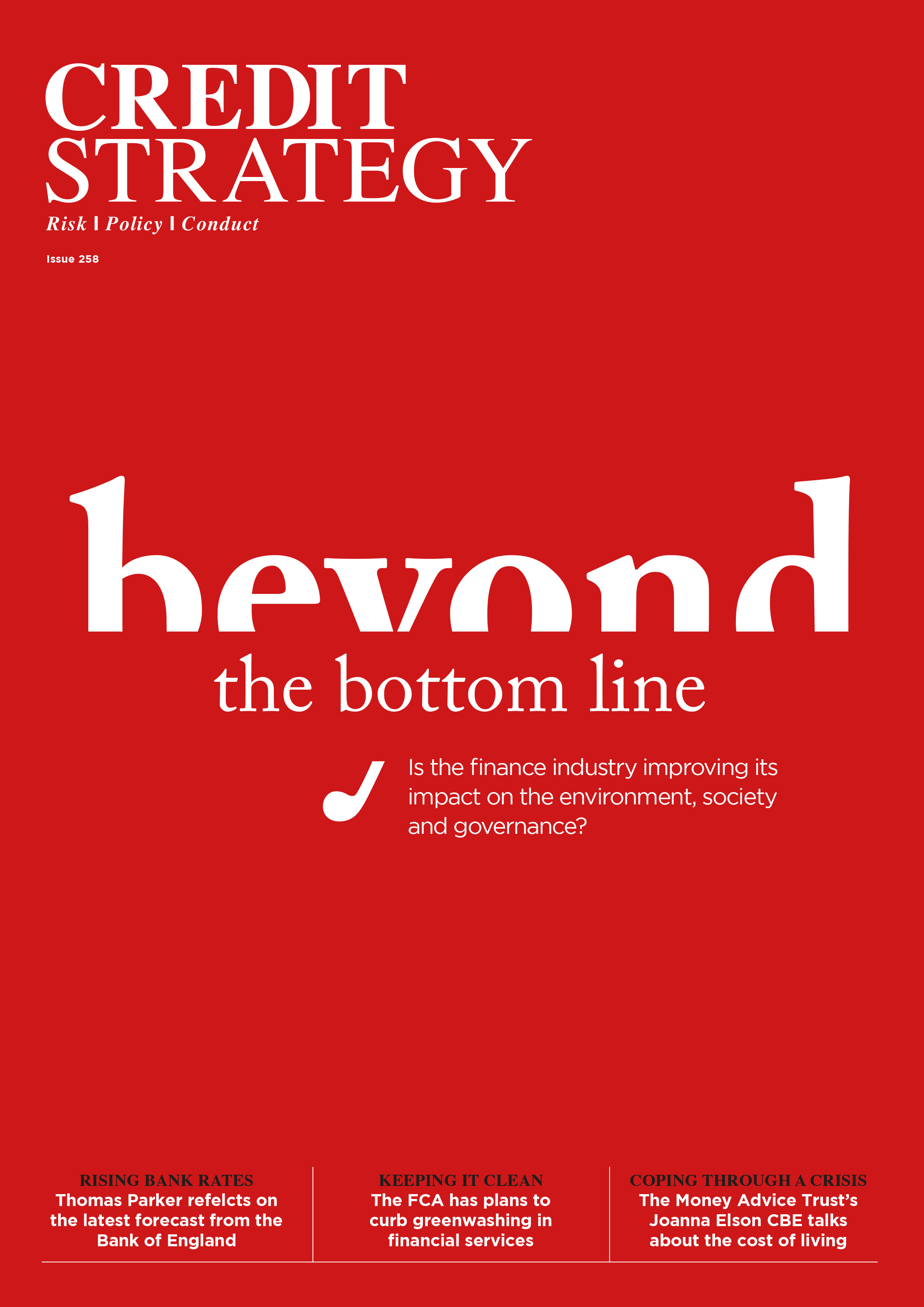Dear visitor,
You're reading 1 of your 3 free news articles this quarter
Register with us for free to get unlimited news, dedicated newsletters, and access to 5 exclusive Premium articles designed to help you stay in the know.
Join the UK's leading credit and lending community in less than 60 seconds.
Consumer credit drops to its lowest level in 2022
Individuals borrowed an additional £700m in consumer credit in September 2022, following £1.2bn of borrowing in August, according to the Bank of England’s latest money and credit figures.

Senior Journalist, covering the Credit Strategy and Turnaround, Restructuring & Insolvency News brands.
The £700m figure is the lowest level of consumer credit borrowing since December 2021. Despite this, the annual growth rate for all consumer credit increased slightly from 7.1% to 7.2% - the highest rate since March 2019.
Broken down, the annual growth rate of credit borrowing decreased from 13.2% to 12.1%, while the annual growth rate of other forms of consumer credit increased from 4.6% to 5.2%. In addition to this, the effective rate on new personal loans to individuals dropped by 13 basis points to 6.75% - but remained higher than the December 2021 rate of 6.27%.
Responding to this, Equifax UK’s chief data and analytics officer Paul Heywood said: “The increase in demand for credit from consumers must be met by an abundance of caution from the credit sector.
“The sector has a duty of care in these trying times, and lenders must be confident that customers meet affordability criteria and are not pushed into unrepayable debts. But going too far the other way, and lending only to prime customers, can equally cause problems for the hardest up.
“Looking ahead to next week, all eyes will be on the Bank of England and its rate decision – which it must now make in the absence of a Halloween Budget. A move by the government that boosted the markets, but which also kicked the can of the UK finance blackhole down the road again.”
Households, meanwhile, deposited an additional £8.1bn with banks and building societies – compared to £3.2bn in August. This was the biggest increase in household deposits since June 2021.
Within this measure, flows into time deposits increased to £3.4bn from £1.1bn in August while flows into interest-bearing and non-interest bearing sight deposits increased to £3bn from £700m, and £4.1bn from £1.6bn in September respectively.
During September households also deposited £800m into National Savings and Investment (NS&I) accounts – compared to £1.1bn in August, while the combined net flow into deposits and NS&I accounts in September was strong at £8.9bn, well above the average monthly net flow of £5.3bn during the past six months.
Looking at business borrowing, UK non-financial businesses borrowed £2.6bn of bank and building society loans in September – compared to £7.6bn of lending in August. Within this, large non-financial businesses borrowed £2.7bn, compared to £7.7bn in August while net repayments by small and medium-sized non-financial businesses (SMEs) remained at £100m.
As for large businesses, the annual growth rate of borrowing increased by one percentage point to 9.3%, while for SMEs it rose by 0.6 percentage points to –3.7%.
Exploring the mortgage lending figures, net borrowing of mortgage debt by individuals remained at £6.1bn in September – above the past six-month average of £5.7bn. Additionally, gross lending increased to £27bn in September from £25.9bn in August – while gross repayments were little changed at £20.6bn in September.
Alongside this, approvals for house purchases – an indicator of future borrowing – decreased significantly to 66,800 from 74,400 in August but were above the past six-month average of 67,200. Approvals for remortgaging also decreased to 49,100 from 49,500 but were higher than the past six-month average of 47,100.
As for the effective interest rate on newly drawn mortgages, this increased by 29 basis points to 2.84% in September – the largest monthly increase since December 2021 when Bank Rates began rising.
Stay up-to-date with the latest articles from the Credit Strategy team
Get the latest industry news






